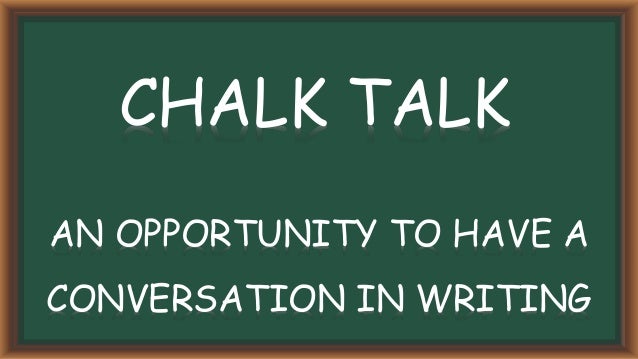On our journey into the third Unit of Inquiry
Our third unit of inquiry began with the curious third graders inquiring into the trandisciplinary theme - How we organise ourselves through the central idea New digital media changes the way in which people access information and connect to each other.
Tuning in
We started our unit with a non-verbal morning. Students were asked to find ways to communicate with each other, other than spoken language.
The students task was to put together the pieces of puzzles that were randomly distributed amongst the groups.
Explaining what the word communication means to us
Trying to organise the different digital media
The next day the students watched the video and reflected on it through the I see I think I wonder strategy
Gallery walk through Chat stations
The students looked at the different picture provocations and shared their thoughts and views with their group members using their communication skills.
Chalk Talk
 |
|
Unfolding the Central idea We unfolded the central idea adapting the growing definition thinking routine. We began by writing our own thoughts, then clubbed it with out partners then in fours and then finally as a class we came up with one central idea. Finding Out
We began with a place mat activity where we wrote down what we thought about how, where and why is digital media used.
We then took home an interview sheet where we asked our grandparents questions to more about their lives and means of doing things without digital media.
Using the data we got from the interviews we set out on finding out what
* How life was before digital media
* How life was when digital media was introduced
* How life is now
We researched to find out more.
We are using Powtoon to organise our information into an animated movie.
We looked at how we can use our emails to communicate faster with our teacher and friends.
We also looked at how to organise the drive by
*naming the files /folders correctly
* creating folders and sub folders
* creating google docs and sharing with our team members
Setting up our emails account
Literacy
We are learning about letter writing as a form of written communication. We learnt the way a letter is organised as per the audience of the letter
Stay tuned to see how we use digital media to connect with other around the world with our Stanley's.
We read the Postman's letters and identified the features of a formal/informal letter
We compared the two written forms of communication - Letter/Email using the PMI strategy
We wrote to our friends to share with them exciting things about our class
Math
We are learning the concept of multiplication
Our array city Getting familiar with times tables through some games Understanding how to multiply using expanded form |






